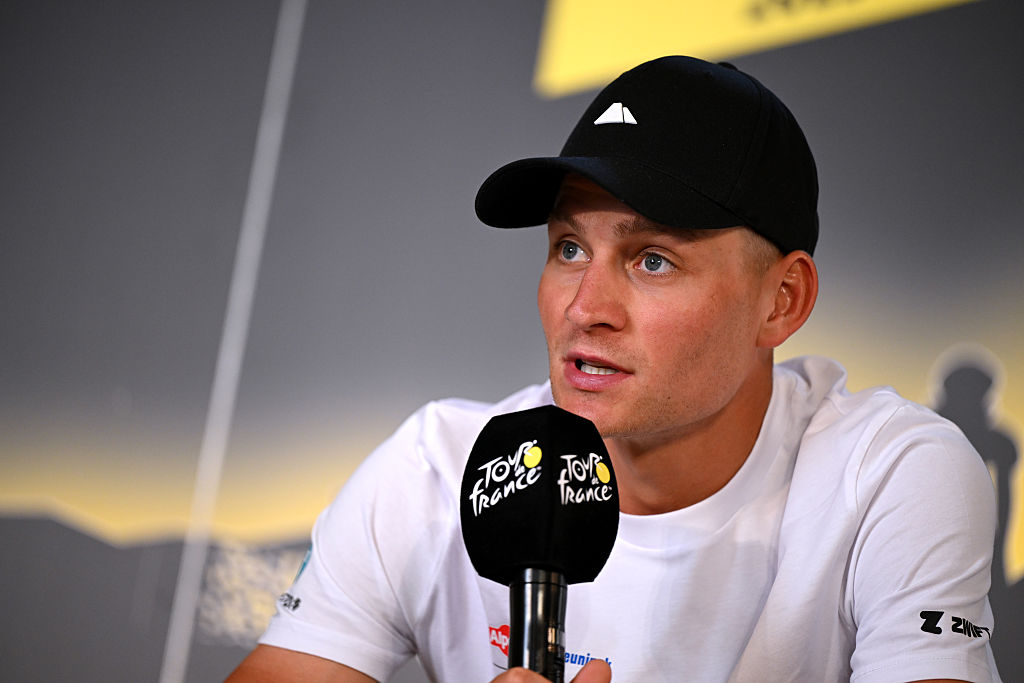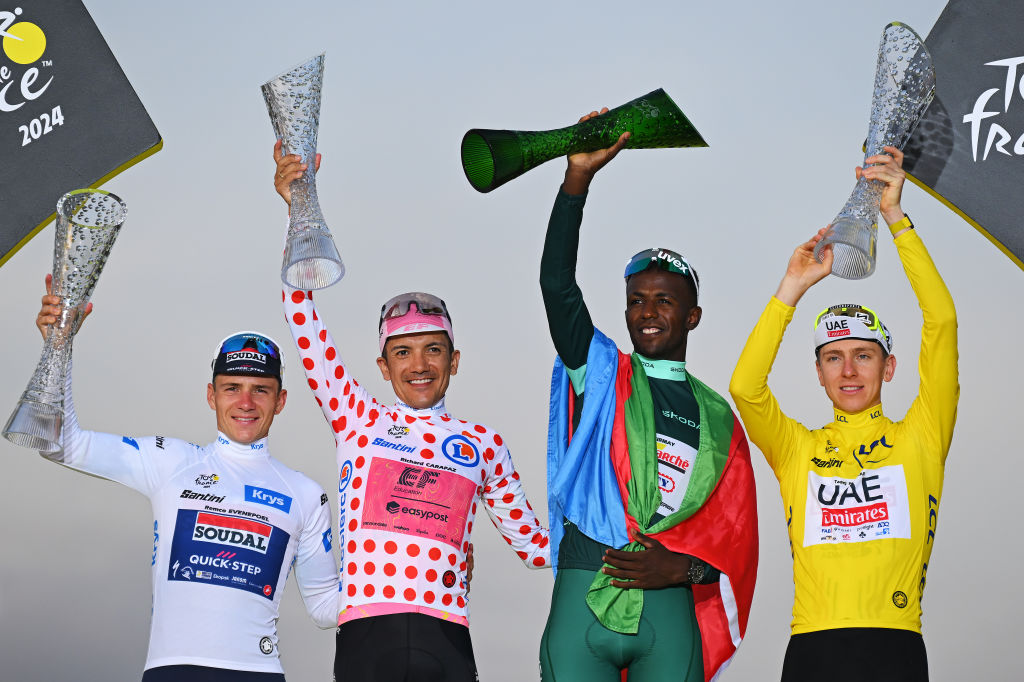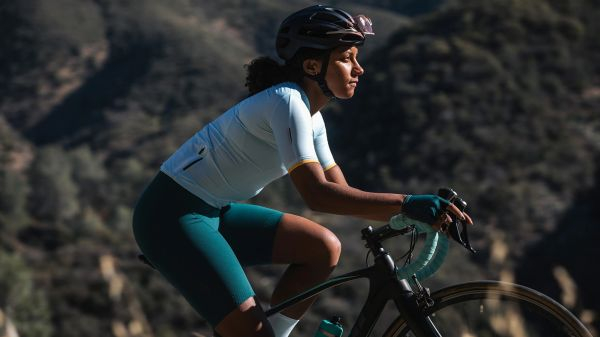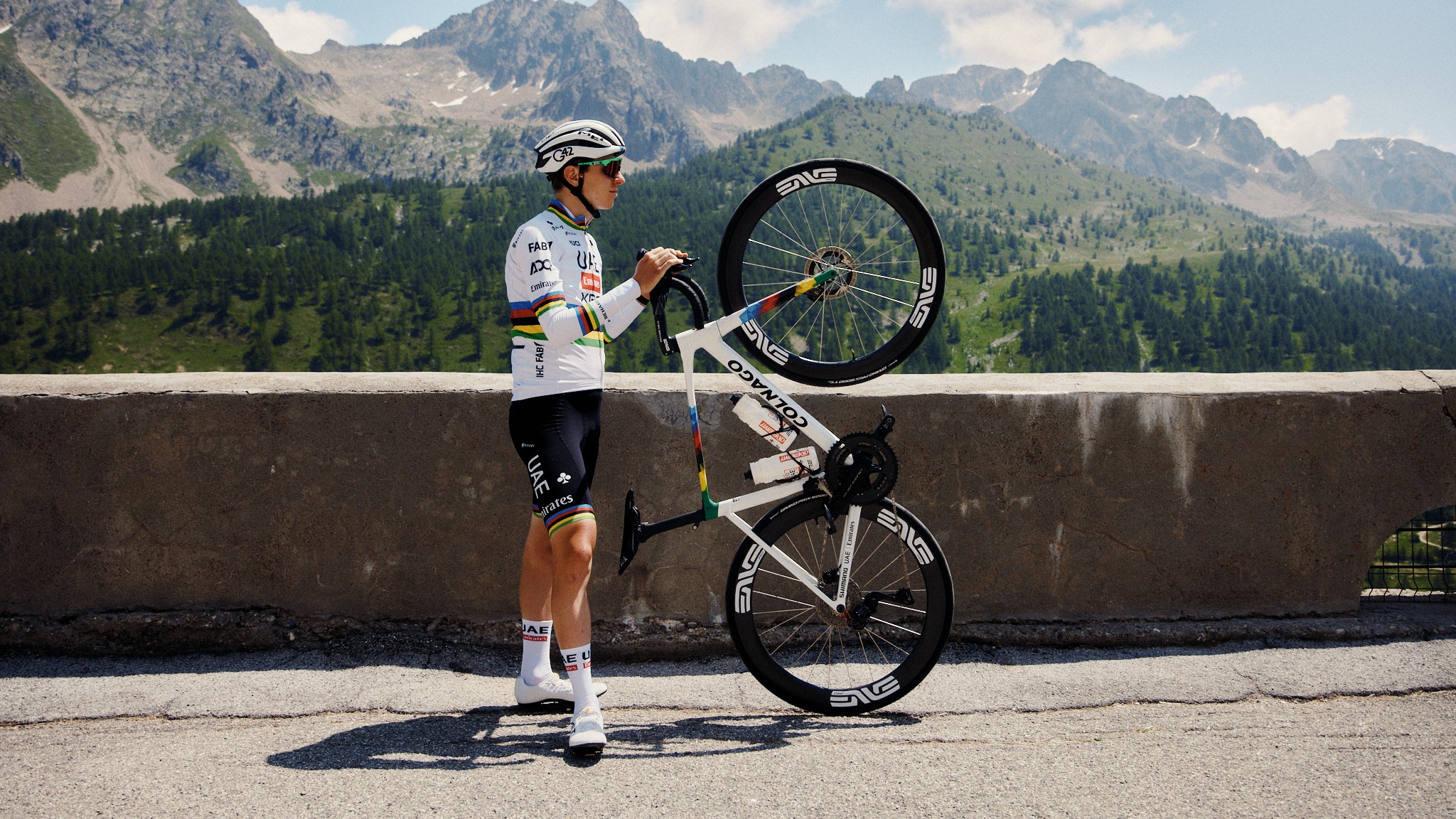Tokyo Olympics 2021: Men's Road Race - Preview
Can Pogacar and Roglic be beaten on the mountainous 234km course?
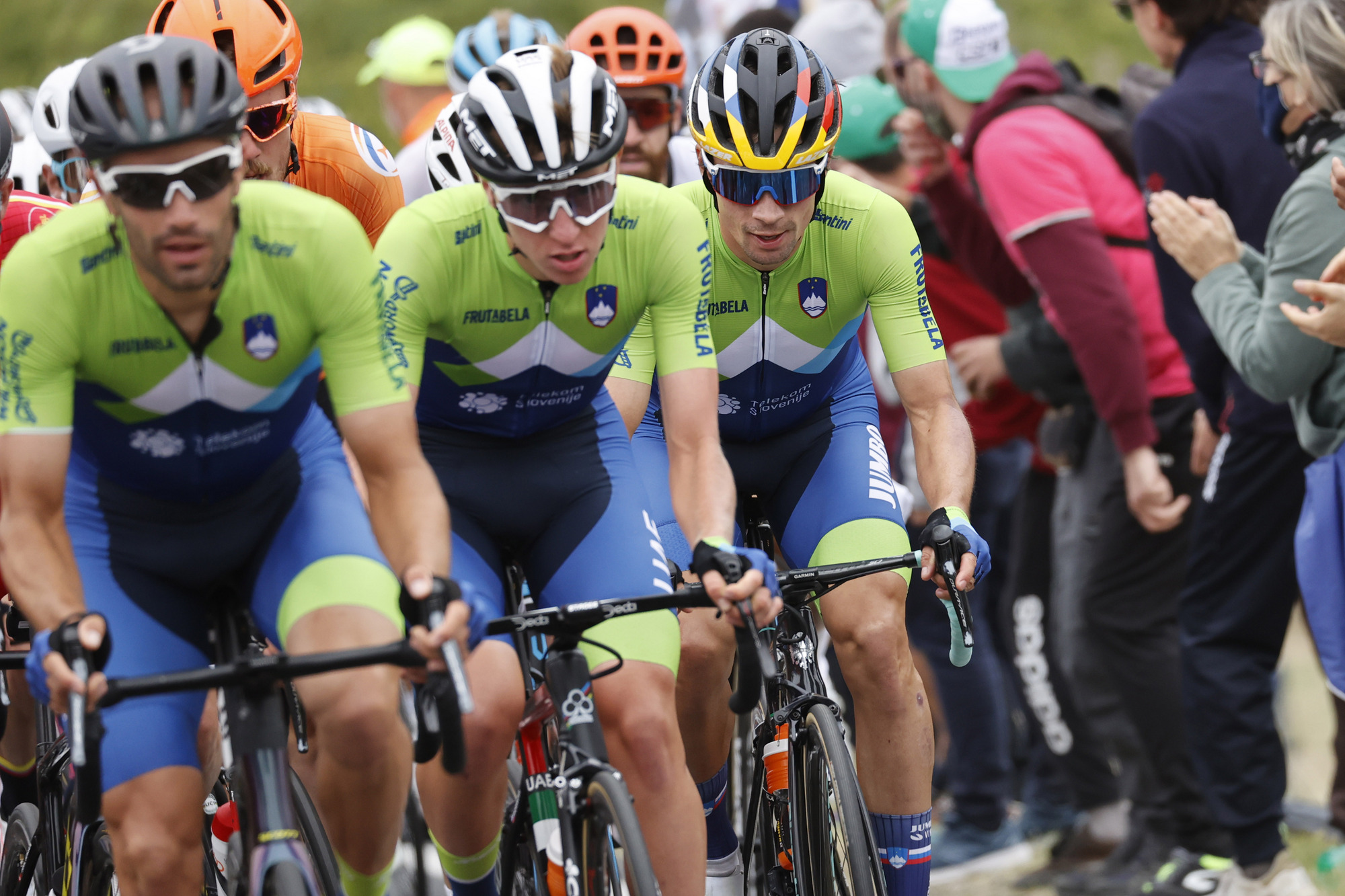
After a year-long delay due to the COVID-19 pandemic, the Tokyo Olympics are almost upon us, with the cycling events among the first to take place. A 134-man peloton set to tackle a brutal 234-kilometre course for the men's road race on Saturday, July 24.
The riders will tackle the most mountainous Olympics road race course in recent memory, with five major climbs on the route between Musashinonomori Park and the Fuji International Speedway.
The race is the first of the cycling events at the Olympics, coming just six days after the finish of the Tour de France in Paris. There will be plenty of big names lining up in Japan having raced the Tour, including several of the favourites for gold.
130 riders will take the start and face 4,865 metres of climbing on Saturday. The dominant nations – France, Italy, Belgium, Colombia, Spain and the Netherlands – all take the full complement of five riders to the start, while non-traditional cycling countries such as Burkina Faso, Guatemala and Uzbekistan all start with one rider.
Elsewhere, Australia, Denmark, Great Britain, Germany, Norway, Slovenia and Switzerland start with four men, and Austria, Canada, Czech Republic, Kazakhstan, Poland, South Africa and Russia take three.
Read on for our preview of the race, including a run-down of the major contenders set to fight for gold, silver and bronze, and a look at the challenging race route.
Who to watch
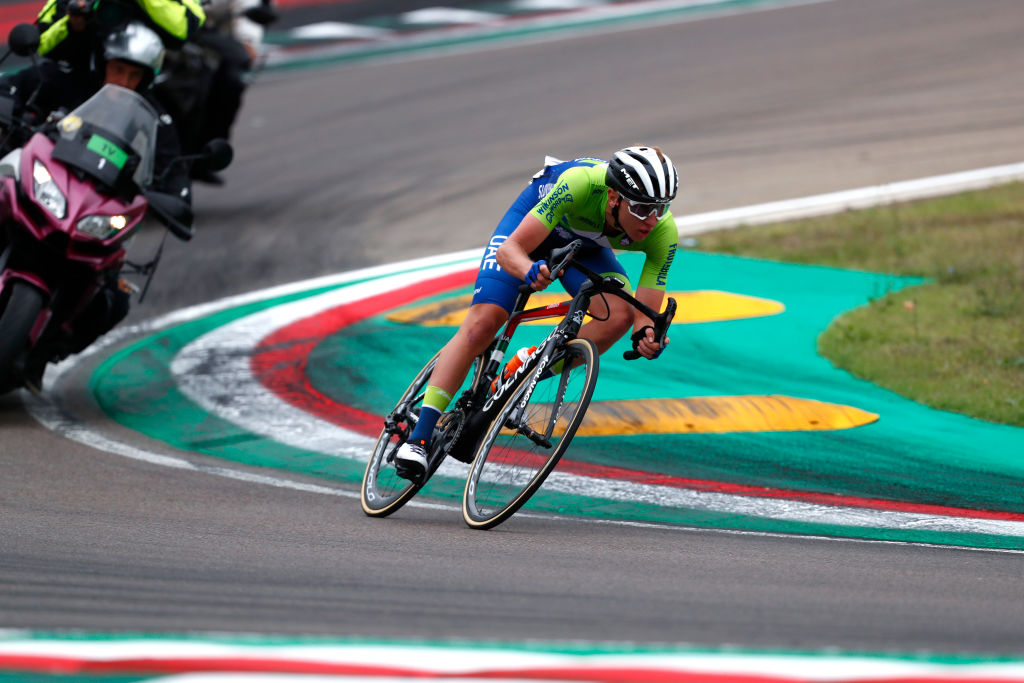
All eyes will be on Slovenia on the start line, with Primož Roglič and Tadej Pogačar starting as co-leaders of the four-man team. The pair are the top favourites for gold having swept countless races before them in recent seasons, including two editions of the Tour de France, Vuelta a España, and Liège-Bastogne-Liège.
Defending champion Greg Van Avermaet returns for Belgium, though young prodigy Remco Evenepoel and triple Tour de France stage winning star Wout van Aert will be taking the lead for the five-man team.
Colombia brings a team of climbers well-suited to the terrain in Esteban Chaves, Rigoberto Urán, Nairo Quintana, and Sergio Higuita. Although Daní Martinez's COVID-19 positive leaves what should have been a five-man team with four, they are all excellent contenders.
The Netherlands will be led by Tour stage winner Bauke Mollema and fifth-placed finisher Wilco Kelderman, while France bring Guillaume Martin and David Gaudu. The other five-men teams – Italy and Spain – are led by veterans Vincenzo Nibali and Alejandro Valverde.
Great Britain have four men at the start but their squad is still as strong as any other country, with Geraint Thomas and Tao Geoghegan Hart joined by Simon and Adam Yates. The four-man ROC team includes Pavel Sivakov, Aleksandr Vlasov and Ilnur Zakarin, while Australia and Denmark are led by Richie Porte and Jakob Fuglsang, and Kazakhstan's three-man team are headed up by Alexey Lutsenko, who finished a surprising seventh at the Tour.
The route

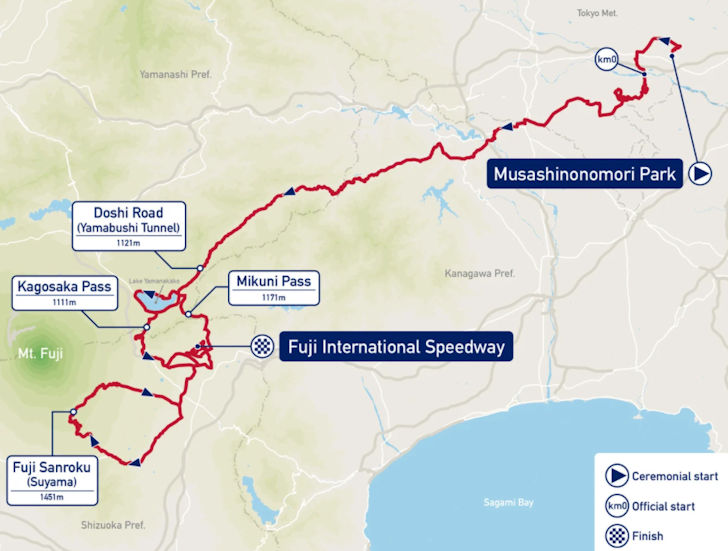
The elite men's road race will run 234 kilometres from the start in Musashinonomori Park to the finish at Fuji International Speedway, taking in 4,865 metres of climbing along the way. The opening 75 kilometres bring rolling roads and a long, gradual ascent to the base of the first of five major climbs on the route.
First up comes the Doshi Road (5.9km at 5.7 per cent), which peaks after 80 kilometres of racing, followed by a 20-kilometre spell on the plateau at 1,000 metres of altitude and then the first of two short ascents of the Kagosaka Pass.
The peloton will then take on a 10-kilometre ascent before a spell in the valley at the midway point of the race and then the climb of the famous Mount Fuji. The climb
Fuji Sanroku – is the longest of the day at 14.3 kilometres at an average of six per cent.
The ascent will take the peloton – or what's left of it – past the 140-kilometre mark, with the riders then heading back north for roughly 30 kilometres before tackling the toughest climb of the race.
The Mikuni Pass peaks just after 200 kilometres of racing, and though it's only 6.5 kilometres long it averages 10.6 per cent, with a four-kilometre stretch averaging 12 per cent. It should be the decisive climb of the race.
The Kagosaka Pass is the final difficulty of the day, though it's once again a short ascent at 2.2-kilometre, before a long descent towards the finish and a short hilly section to finish as the riders head to the motor racing circuit.
What to expect
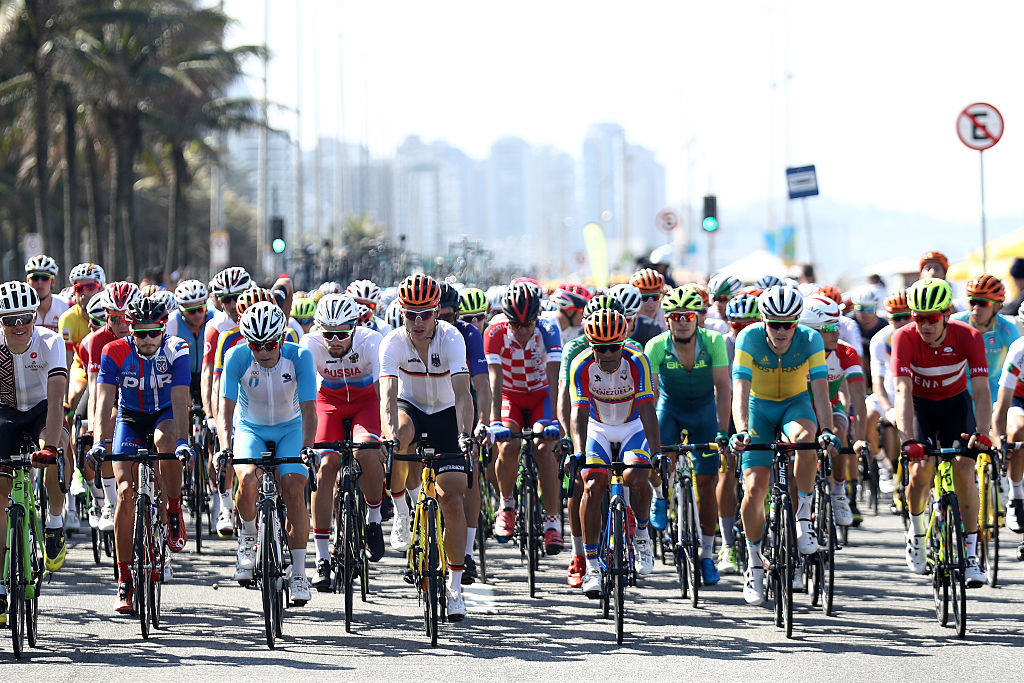
The race, with almost 5,000 metres of climbing packed into one day across five major climbs, should be one of attrition, with the small teams playing a large role through the day.
Belgian favourite Remco Evenepoel has compared the route to the Clásica San Sebastián, the tough, hilly one-day race held in northern Spain. The Tokyo road race will be a comparable length, but with climbs at over double the altitude of those in the Basque Country and humid conditions it's set to be an even harder day in the saddle.
One interesting wrinkle is that the overall favourites – Pogačar and Roglič – are on a smaller team than many of the major cycling nations, and that the pair make up half of their Slovenian squad. Look out for Jan Tratnik and Jan Polanc to be putting in major work for their leaders.
Great Britain are another team packed with leaders, so it will be interesting to see who does the hard graft there and who emerges as the number one on the road. Otherwise, we can expect to see the major countries with five riders at the start and one or two clear contenders to do work on the front – Spain, Italy, the Netherlands, and France come to mind.
The route doesn't favour long-range attacks with a long ride in the valley following Mount Fuji. Instead, we can expect an attritional race, with riders dropping back as the kilometres tick by and the peloton heads towards the brutal Mikuni Pass.
That climb is where the race should be properly sorted out, with the in-form climbers making the difference on the double-digit gradients and the top of the climb coming at 30 kilometres from the finish.
It wouldn't be a surprise to see a small group – or even a solo rider get off the front at the top – with only a small climb and long descent left to tackle before the final ride to the line. We've seen that kind of move bring success recently – notably at the Tour de France where Pogačar decimated his opposition in Le Grand-Bornand and multiple breakaway were decided by solo attacks 20-30 kilometres from the finish.
The latest race content, interviews, features, reviews and expert buying guides, direct to your inbox!

Dani Ostanek is Senior News Writer at Cyclingnews, having joined in 2017 as a freelance contributor and later being hired full-time. Before joining the team, she had written for numerous major publications in the cycling world, including CyclingWeekly and Rouleur. She writes and edits at Cyclingnews as well as running newsletter, social media, and how to watch campaigns.
Latest on Cyclingnews
-
'Maybe making the bunch even bigger is a mistake' – Mathieu van der Poel questions safety of increased Tour de France peloton size
Dutchman weighs in on debate with the bunch of all Grand Tours increasing from 22 to 23 teams and from 176 riders to 184 -
Tour de France jerseys: Here's are the competitions every rider wants to win this July
Details of the four iconic leader's jerseys and the minor prizes at the race explained -
Best women's cycling shorts 2025: Padded bib shorts to keep you comfy on the bike
Female-specific cycling shorts can play a huge part in ensuring you stay comfortable in the saddle, these are our favourite options -
'The wheel that Tadej asked for' - Enve officially releases new SES 4.5 Pro wheelset ahead of the Tour de France
The new Enve SES 4.5 Pro wheels have already won more than 25 races this season
